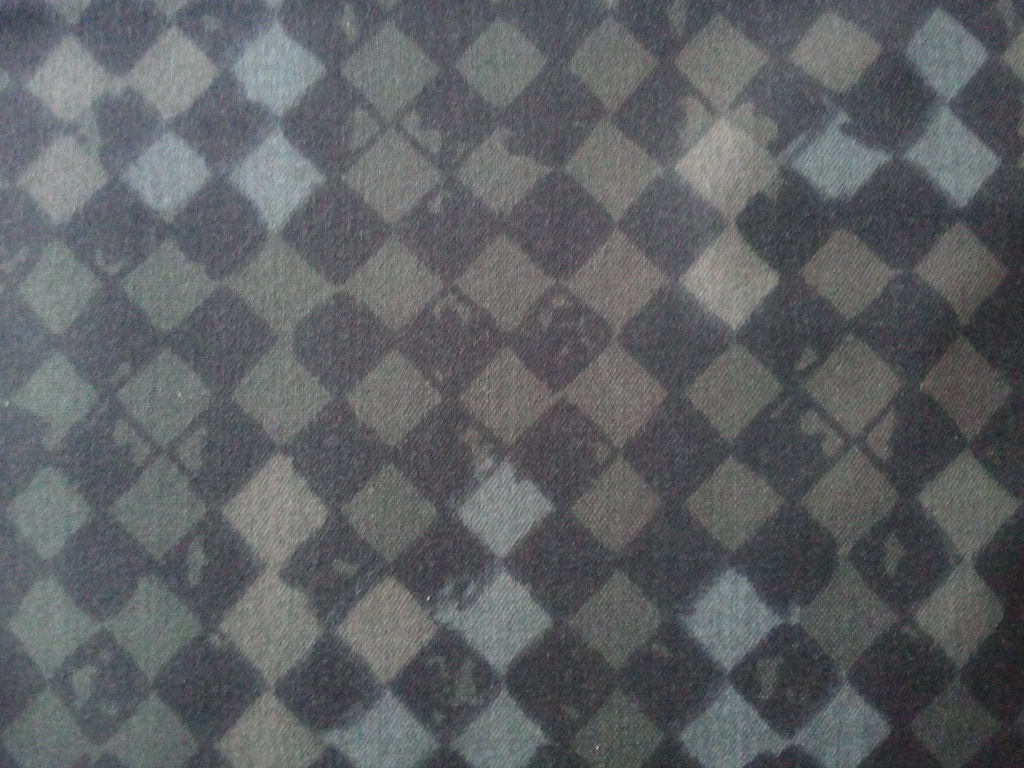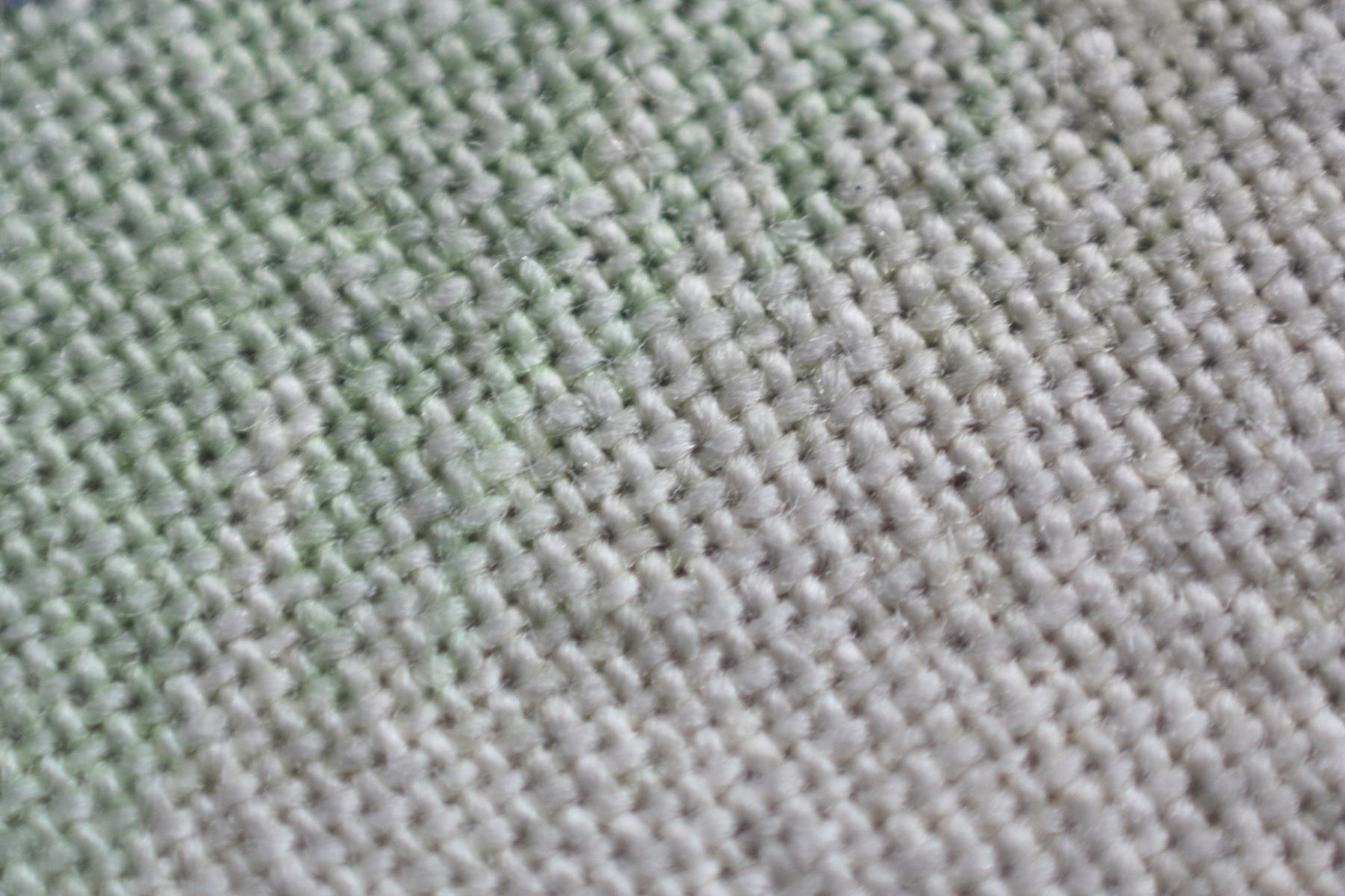Welcome to our latest post on interior design! Are you looking for a way to give your space a fresh update without breaking the bank? Or maybe you’re concerned about reducing your carbon footprint and want to find ways to incorporate sustainable practices into your home decor. Whatever your motivation, we have an exciting solution for you. In this post, we’ll explore how textile recycling can transform your space while also benefiting the environment. Get ready to discover how easy it is to create a stylish and eco-friendly living space with recycled textiles!
Why Textile Recycling is the Future of Eco-Friendly Interior Design
Textile recycling is a crucial aspect of sustainable interior design. As the world becomes more environmentally conscious, the demand for eco-friendly home decor has increased. By recycling textiles, we can reduce waste and preserve natural resources. The textile industry is one of the largest polluters globally, and by embracing textile recycling, we can reduce its impact on the environment. Additionally, recycled textiles offer unique textures and colors that cannot be replicated with new materials. By incorporating recycled fabrics into our interior design, we can create a one-of-a-kind space that is both stylish and sustainable. Textile recycling also supports local economies by creating jobs in sorting and repurposing used fabrics. By choosing to use recycled textiles in our homes, we are making a conscious effort to protect the planet while also creating a beautiful living space.
Transform Your Living Space Using Sustainable Textile Recycling Techniques
Sustainable textile recycling techniques can help you transform your living space into an eco-friendly haven. One of the easiest ways to incorporate recycled textiles into your interior design is by repurposing old fabrics into new home decor items. For instance, you can use old curtains or bed sheets to create beautiful throw pillows or table runners. Another great way to embrace textile recycling is by using recycled rugs made from old clothes or fabric scraps. These rugs not only add a unique touch to your decor but also help reduce waste and promote sustainability. Additionally, you can opt for furniture made from recycled textiles such as chairs upholstered in recycled fabric or a coffee table made from reclaimed wood and repurposed fabric. With sustainable textile recycling techniques, the possibilities are endless when it comes to creating a stylish and eco-friendly living space.
From Rags to Riches: How Textile Recycling Can Revamp Your Home Decor
Textile Recycling is a great way to revamp your home decor without breaking the bank. By repurposing used fabrics, you can create unique and eco-friendly pieces that add character and charm to any space. One popular technique is to use old textiles to create patchwork quilts or blankets. These cozy and colorful creations are perfect for adding a touch of warmth to your living room or bedroom. Another option is to use recycled fabrics to reupholster furniture pieces like chairs or sofas. This not only saves money but also reduces waste by keeping old furniture out of landfills. With a little creativity and some basic sewing skills, the possibilities for transforming your space with recycled textiles are endless. So why not give it a try and see how you can breathe new life into your home decor while also doing your part for the environment?
5 Inspiring Ways to Incorporate Recycled Textiles into Your Interior Design
Upcycling Old Textiles into New Home Decor
Transform your home decor by upcycling old textiles into something new and stunning. Old clothes, curtains, bed sheets, and towels can find a new life as unique throw pillows, patchwork quilts or even as wall art. Get creative with the fabric patterns and mix them up to create interesting textures in your interiors. Consider turning an old rug into cozy pillow covers or draping it over a chair for added warmth during colder months. Not only will you save money but also feel good about reducing waste by giving unwanted textiles a second chance at life.
Sustainable Soft Furnishings: Using Recycled Textiles for Cushions and Throws
Soft furnishings like cushions and throws are an easy and effective way to incorporate recycled textiles into your interior design. By using fabrics that have been repurposed from old clothing or furniture, you can create unique and sustainable pieces that add character to your living space. Look for eco-friendly options like organic cotton or hemp, which are not only better for the environment but also provide a natural and comfortable feel. Mix and match different textures and patterns to create a cozy and inviting atmosphere. With recycled textiles, you can enjoy stylish soft furnishings while also reducing waste and promoting sustainability in your home decor.
Eco-Friendly Window Treatments: Repurposing Curtains and Drapes
Want to give your windows a sustainable makeover? Look no further than textile recycling! Old curtains and drapes can be repurposed into charming window treatments that add character and soul to your living space. Plus, reusing existing textiles is an excellent way to reduce waste in landfills. Whether you’re going for a rustic look or something more contemporary, recycled curtains and drapes offer endless possibilities for creativity. Use them as-is or cut them up and sew them together into patchwork pieces. By incorporating eco-friendly materials into your interior design, you’re doing your part to make the world a greener place!
Recycling Textiles in the Bedroom: Sustainable Bedding and Linens
Give your bedroom a sustainable makeover by incorporating recycled textiles into your bedding and linens. Opt for bed sheets, pillowcases, and duvet covers made from organic cotton or bamboo fabric that are sourced sustainably. Create a cozy atmosphere with throws or blankets made from upcycled wool or knitwear.
For an added touch of eco-friendly luxury, consider purchasing hypoallergenic pillows filled with recycled materials such as down alternative or shredded memory foam. By choosing to invest in sustainable bedding options, you are not only helping to reduce textile waste but also ensuring that you have products that last longer and feel comfortable on your skin.
Beyond Sustainability: The Economic Benefits of Embracing Textile Recycling in Interior Design
Textile recycling is not only an eco-friendly choice but also a financially sound decision for interior designers and homeowners. By embracing sustainable practices, you can save money on raw materials and production costs while reducing waste. Repurposing textiles can also add unique character and charm to your space, setting it apart from cookie-cutter designs. Additionally, consumers are increasingly drawn to environmentally conscious businesses, making it a smart marketing move to incorporate recycled textiles into your interior design. In fact, studies show that consumers are willing to pay more for sustainable products. By embracing textile recycling, you can appeal to a growing market of conscious consumers while also saving money and reducing waste.

Inside Look: The Art and Science of Sorting and Repurposing Used Fabrics
The Importance of Proper Textile Sorting Techniques
Proper textile sorting techniques are crucial in textile recycling. Sorting is the process of separating different types of fabrics based on their composition, color, and condition. This is important because it ensures that each material is recycled in the most efficient and effective way possible. For example, natural fibers like cotton and wool can be turned into insulation or stuffing for furniture, while synthetic fibers like polyester can be used to make new clothing or accessories. By using advanced technology and expert knowledge, textile recycling facilities can sort fabrics with precision and accuracy, maximizing the amount of waste diverted from landfills and reducing the environmental impact of textile production.
Innovative Technologies for Repurposing Used Fabrics
With the increasing demand for sustainable strategies, textile recycling has become a necessity. Through creative innovations, used fabrics can be turned into new household items such as carpets, quilts and upholstery. One of these advancements is chemical recycling which uses solvents to break down fibers in the textile to create virgin-like material. Another technique involves mechanical recycling where textiles are sorted by color and type then shredded into fibers that can be spun into yarns. By implementing these methods, the lifespan of fabric waste can be extended while reducing carbon footprint on the environment – offering an opportunity for conscious consumption in everyday life.
From Rags to Riches: The Art of Upcycling Textiles
Upcycling textiles is a creative and sustainable way to give new life to old fabrics. The process involves taking discarded textiles and transforming them into something new and useful, such as a rug or a pillow cover. The key to successful upcycling is the art of sorting and selecting the right materials for the project. Textile recycling facilities use advanced technology to sort fabrics by color, fiber type, and quality. This ensures that only the best materials are used for upcycling projects, reducing waste and maximizing resources. By embracing the art of upcycling textiles, we can reduce our environmental impact while creating unique and beautiful pieces for our homes.
Sustainable Fashion: How Eco-Friendly Textile Recycling is Changing the Industry
Sustainable Fashion: Eco-Friendly Textile Recycling is Changing the Industry
The fashion industry has been notorious for its negative impact on the environment. However, with the rise of eco-friendly textile recycling, there is hope for a more sustainable future in fashion. By utilizing recycled fabrics and materials, designers can reduce waste and minimize their carbon footprint while still producing high-quality garments. The process of sorting and repurposing used textiles requires both art and science – skilled workers must identify which materials are usable and how to transform them into new products. Through innovative techniques such as upcycling, where old clothes are turned into something new and fashionable, the possibilities for sustainable fashion using recycled textiles are endless.
Empowering Change Through Conscious Consumerism with Textile Recycling.
Conscious consumerism is the key to driving change towards a more sustainable future. By embracing textile recycling, we can reduce waste and minimize our environmental impact. As consumers, we have the power to make a difference by choosing eco-friendly products and supporting companies that prioritize sustainability. When it comes to interior design, opting for recycled textiles can transform your space while also promoting a greener lifestyle. By purchasing products made from recycled fabrics or repurposing old textiles, you can help reduce the amount of waste that ends up in landfills. Additionally, supporting companies that use sustainable practices can encourage others to follow suit and create a ripple effect of positive change. Let’s take action towards a more sustainable future by embracing conscious consumerism and textile recycling in our daily lives.
In conclusion, textile recycling is not only the future of eco-friendly interior design but also a gateway to empowering change through conscious consumerism. By embracing sustainable textile recycling techniques, we can revamp our living spaces and contribute to a more circular economy while reducing landfill waste. From stylish decor items to functional accessories, recycled textiles offer endless possibilities for creative and innovative designers who care about the environment. So let’s all do our part in building a better world by supporting this transformative industry that benefits both us and the planet we call home!
